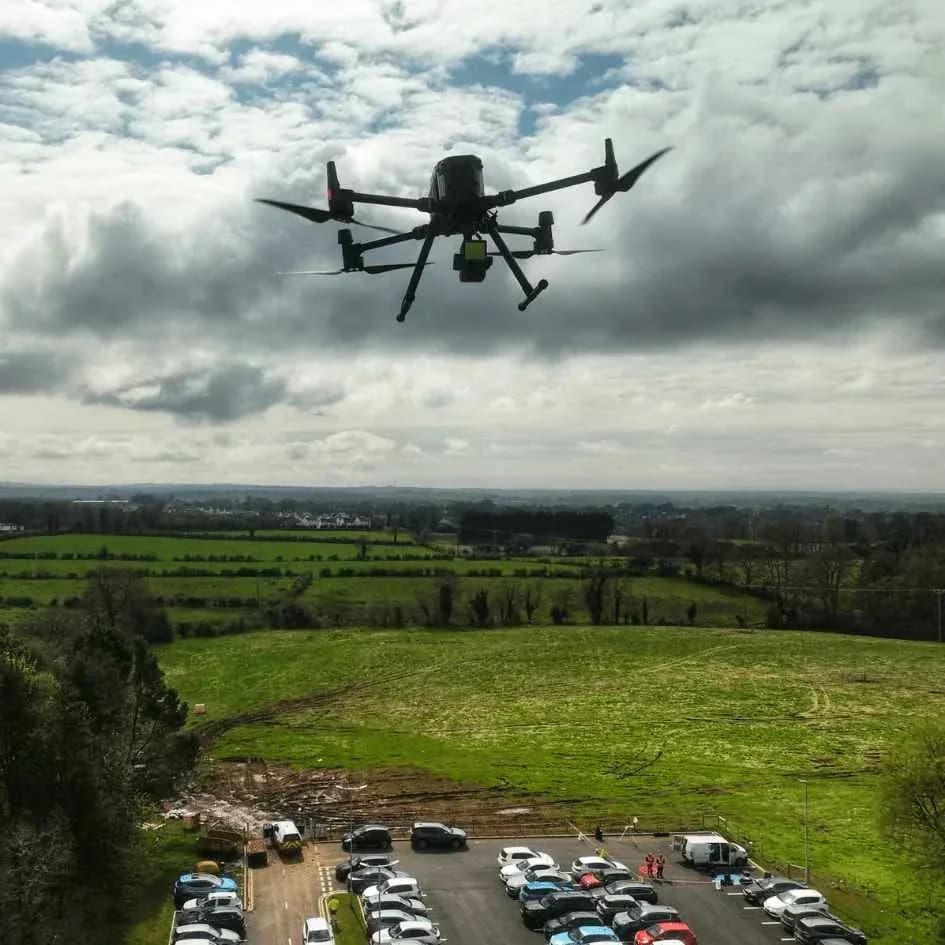
The moment your drone's camera can identify a person, you are legally a 'data controller' with serious responsibilities – a fundamental principle for every GVC licensed drone pilot operating in the UK.
Whether you're a commercial drone operator ensuring your business is fully compliant or a recreational drone pilot trying to avoid legal pitfalls when sharing footage online, this guide provides the on-the-ground tactics we use to fly safely and legally.
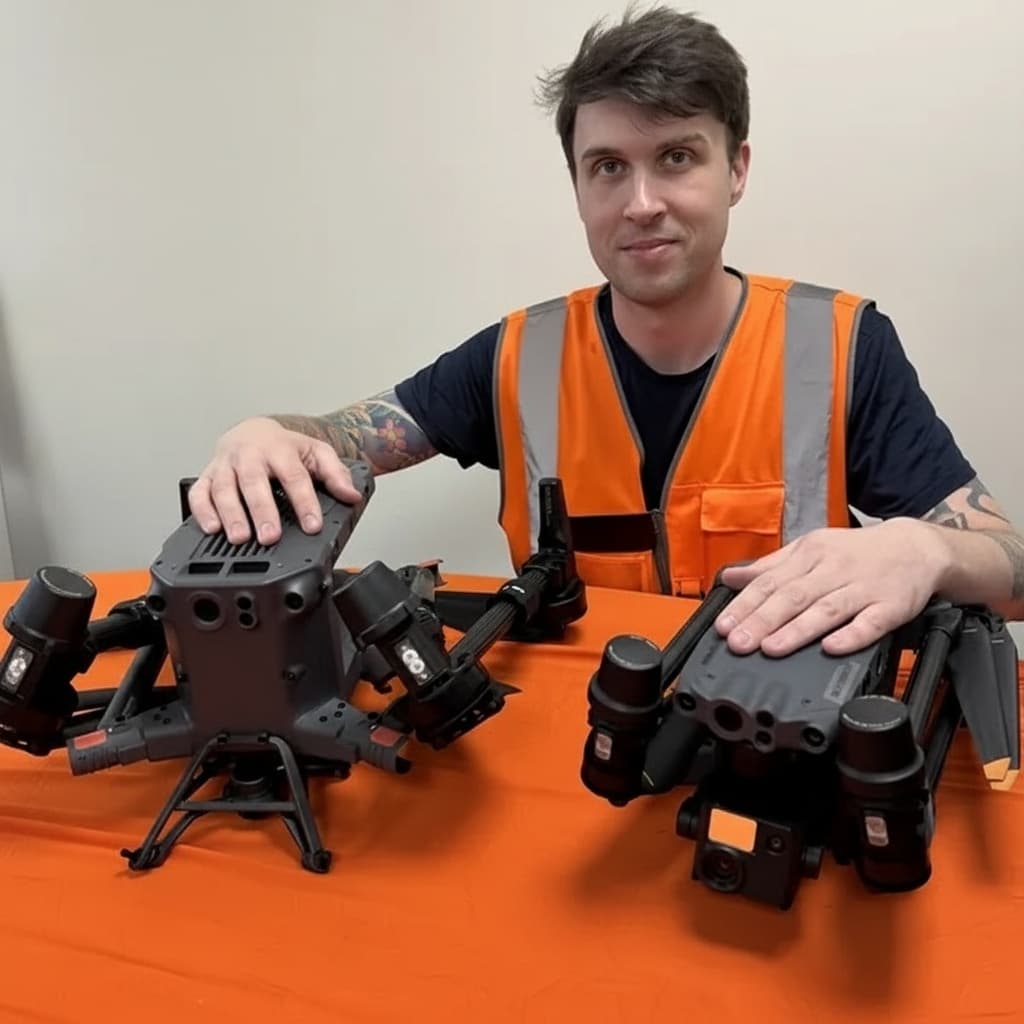
30 Second Summary
- If your drone films an identifiable person, you are legally considered a "data controller" under GDPR, which means the full responsibility for protecting that data and complying with the law rests on you.
- You must have a valid legal reason to film, typically "legitimate interests" for commercial work, as getting explicit consent from every person in a public space is often impractical and unreliable.
- You are required to manage the entire data lifecycle by securely storing all footage using measures like encryption, only retaining it for as long as is necessary for your stated purpose, and then ensuring it is permanently deleted.
- It is illegal to film people in places where they have a reasonable expectation of privacy, such as inside their home or a fenced garden; this is a serious breach, and no lawful basis can justify such an intrusion without their permission.
- GDPR exempts recreational pilots only when their filming is purely for personal or household use and is not shared publicly; the moment footage is uploaded to social media or a public website, commercial rules apply and they are fully subject to the law.
Any Personal Data Captured By A Drone Is Subject To GDPR
Drones can capture personal data (e.g., identifiable images or videos of individuals) even when that is not the intention. Under the UK GDPR (and Data Protection Act 2018), any drone photo or recording in which people can be identified is considered personal data and triggers data protection obligations.
This means drone pilots who collect such footage become data controllers responsible for complying with GDPR requirements.
Key obligations include ensuring a lawful basis for processing, respecting privacy, and adhering to the core data protection principles (lawfulness, fairness, transparency, data minimisation, etc.).
Drone pilots should avoid recording individuals who are not relevant to the purpose of the flight.
Only collect data that is adequate, relevant and limited to what is necessary for your stated purpose. Because drones can hover at altitude and use zoom, there is a higher risk of “collateral intrusion” – inadvertently filming people in surrounding areas.
Drone operators must be prepared to justify the necessity of using a drone instead of less intrusive methods. Before deploying a drone, especially for surveillance or monitoring, consider if the objective could be met through alternative means with less impact on privacy (for example, using on-site observers or fixed cameras in limited areas).
It is illegal and a GDPR breach to use a drone to film people in areas where they reasonably expect privacy. This applies to places such as inside their home or fenced garden without their permission.
In such cases, no lawful basis would justify the intrusion. Always avoid spying into private property – if a task requires inspecting private premises (e.g. a roof inspection), inform the property owners and neighbors in advance and confine footage strictly to the area of interest.
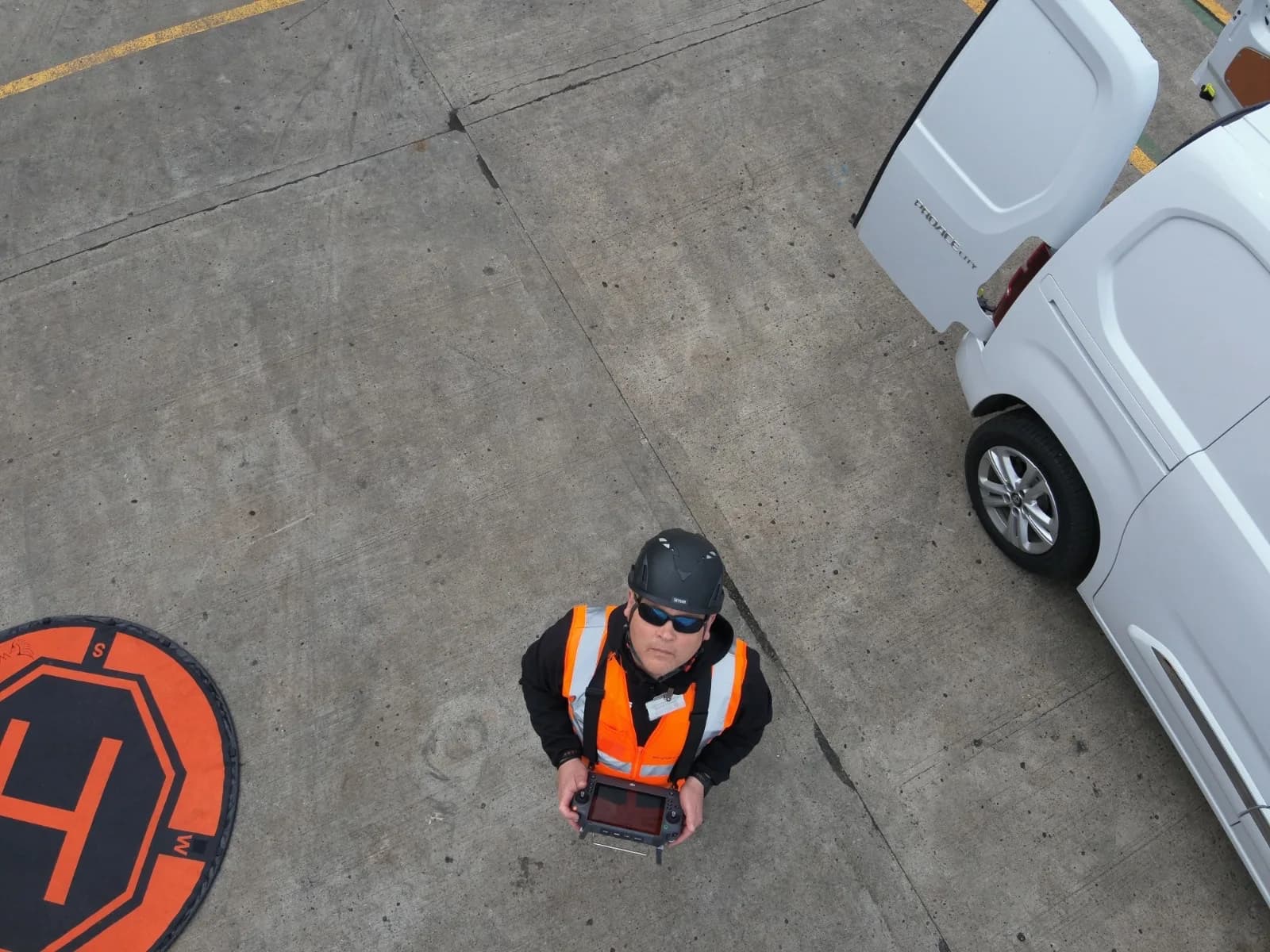
Under GDPR, you need a valid lawful basis (Article 6) to process personal data collected by a drone
While consent is one lawful basis, in practice it is difficult to obtain genuine consent from everyone captured by a drone in public spaces.
Therefore, most drone pilots rely on “legitimate interests” (for private companies) or “public task” (for public authorities) as the lawful basis for filming, provided they implement safeguards to protect individuals’ rights.
Consent is generally not required for incidental filming in public if you have another lawful basis and you are transparent. However, if a drone will deliberately focus on specific individuals or record in a sensitive context, you may need to seek consent or at least give those individuals an opportunity to opt out.
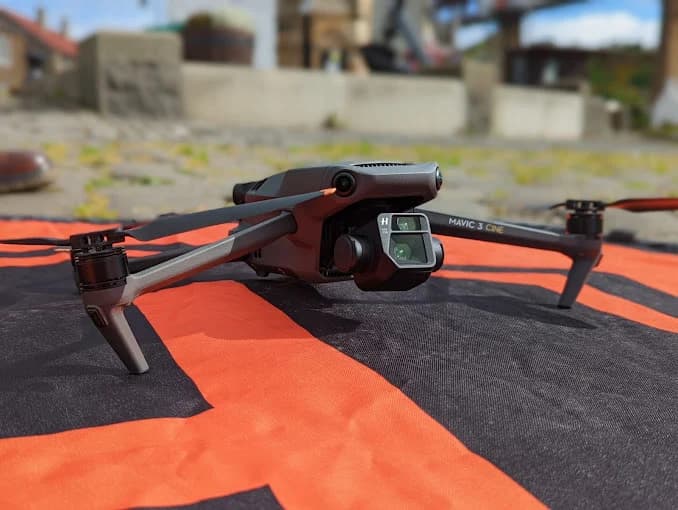
GDPR’s transparency principle means people should be informed when their data is being collected by a drone.
A key challenge is that individuals often won’t realize a drone is recording them or know who is controlling it. Drone pilots must proactively provide privacy information to individuals who might be recorded. In practice, you should use multiple methods to notify people:
Flyers or letters to residents
If you plan to fly a drone over a neighbourhood or other populated area, consider sending notices or flyers to nearby residents beforehand. Inform them when and where the flight will occur, the purpose of the drone operation, and who is operating it.
Include your contact details (or your organisation’s) so people can ask questions or raise concerns. Such notification helps ensure that people aren’t caught by surprise and understand why the drone is overhead.

Practical Example: University Halls of Residence Roof Inspection
On one project, we were hired to conduct a detailed roof inspection of several large halls of residence for a university. To ensure we were completely transparent, we created flyers and posted them through the doors of all the affected student flats. We also coordinated with the university administration, who put up official notices in the building lobbies about a week before the flight.
On the flyer, we made sure to clearly state:
The exact date and a two-hour time window for the survey (12:00 PM - 2:00 PM).
The purpose of the flight (a structural roof inspection).
A brief explanation of how the data would be securely stored and used only for the inspection.
Our company name and contact information in case anyone had questions.
This proactive communication made all the difference. On the day of the flight, we received no complaints or concerned calls because the residents knew who we were and exactly why the drone was there. It built trust and allowed us to complete our work efficiently and in full compliance with data protection principles.
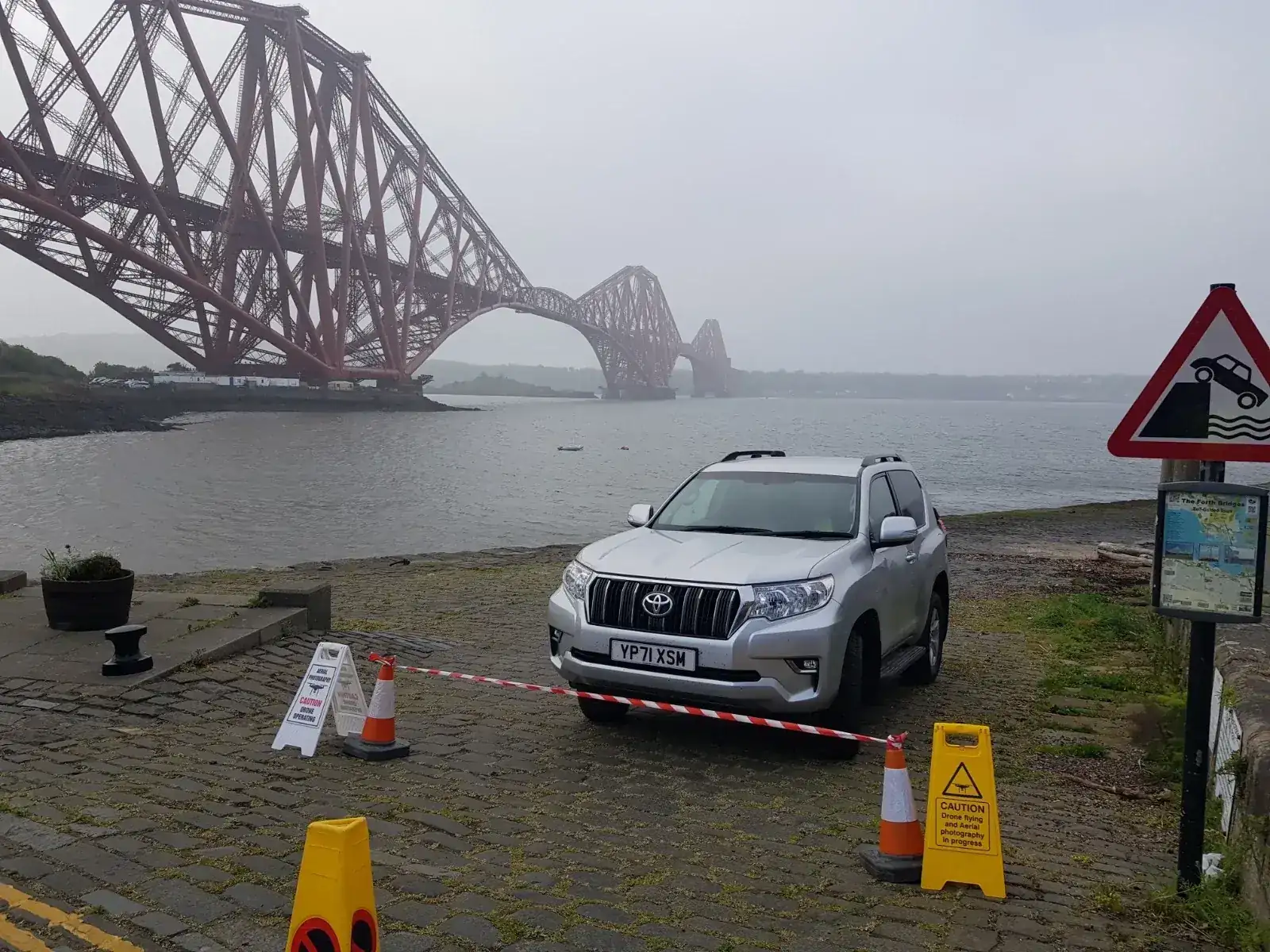
Signage in the area
Posting temporary signs is an effective way to alert the public at the location of filming. For example, before launching the drone, place signs around the perimeter or entrances to the area stating that drone recording is in progress or will occur, the purpose (e.g., “drone roof inspection” or “survey filming”), and the drone operator’s identity.
The UK Information Commissioner’s Office (ICO) specifically suggests using signage to explain a drone’s use in the area. Be transparent about who is responsible for the drone and provide a way to get more information (such as a QR code or URL to a full privacy notice).
I highly recommend investing in a set of good-quality, reusable signs. They are fairly cheap to produce and will last for ages, making them a simple and effective tool for maintaining transparency on all your future projects.
Online privacy notice
Have a publicly accessible privacy notice (e.g. on a website or social media page) with detailed information about your drone data processing. The notice should cover the purpose of the filming, your lawful basis, how long data will be kept, who it may be shared with, and importantly individuals’ rights (like the right to request deletion of their images).
In your flyers and signs, direct people to this notice for full details. For instance, a sign might say “Drone filming in progress for survey purposes. Visit https://www.google.com/search?q=www.example.com/drone-privacy for more information."
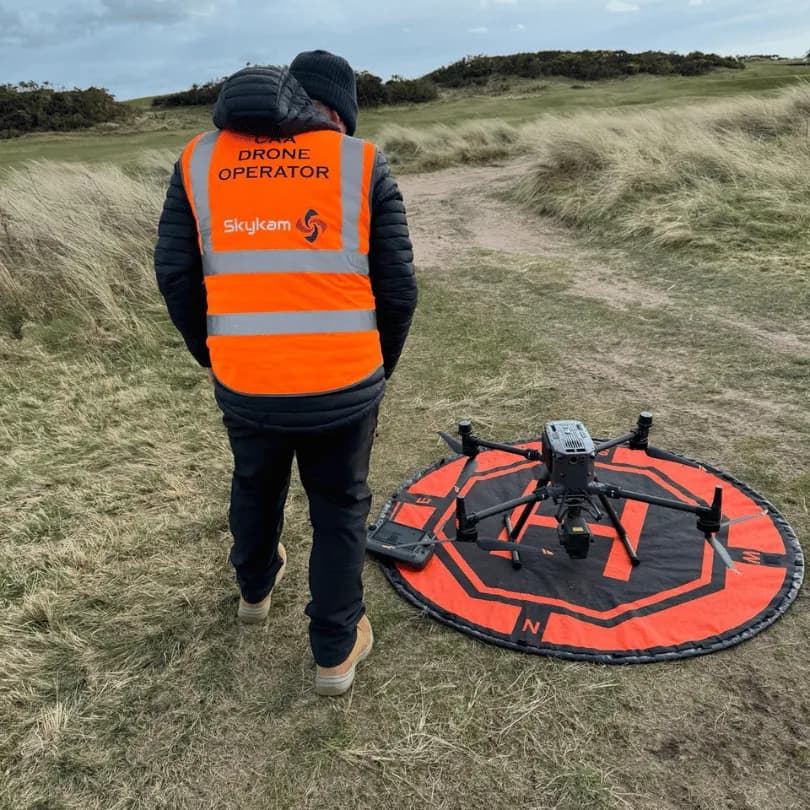
Verbal announcements when feasible
In situations like events or controlled environments, make a verbal announcement about the drone. For example, at the start of an outdoor event, an announcement could inform attendees that a drone will be filming overhead, why it’s being used, and whom to contact with concerns.
While not always practical in wide public spaces, a verbal notice can supplement signs for added transparency.
I find it's most effective to have my visual observer or spotter be responsible for this. In addition to the main announcement, I also have them clearly and loudly announce when the drone is taking off and again just before it lands.
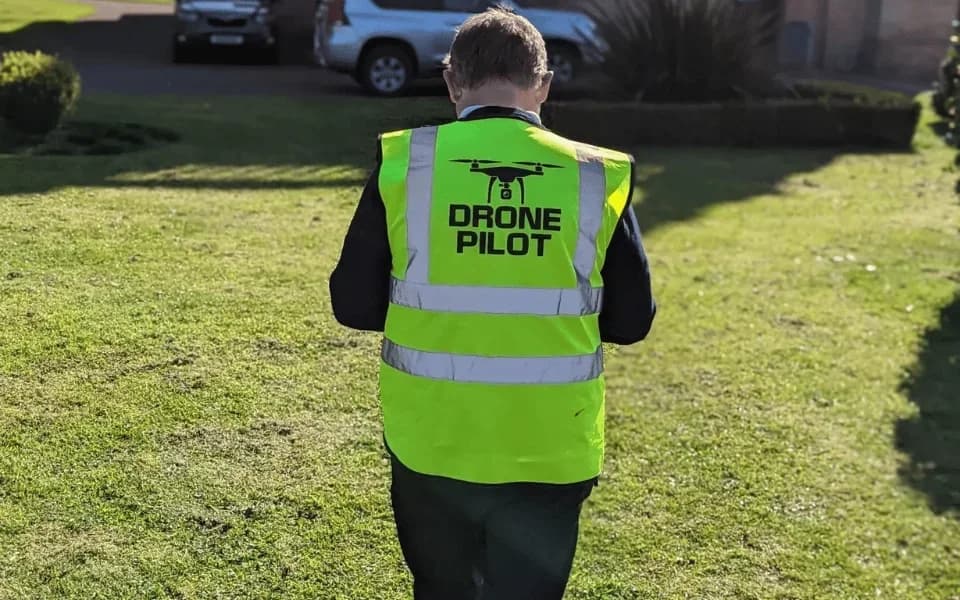
Be visible and approachable
The Civil Aviation Authority (CAA) advises making sure you can be clearly seen when flying. Wear a high-visibility vest with text for identification as the drone operator.
This way, if people notice the drone, they can also spot you on the ground and know who is responsible. Being approachable allows individuals to come ask what you are doing – a form of on-the-spot transparency.
When is consent needed?
Getting explicit consent from every bystander is usually impractical. Instead, focus on legitimate interests balanced with privacy rights.
That said, if your drone use is more intrusive than the average person would expect, seeking consent might be appropriate.
Example 1 (Legitimate Interests): A wide, sweeping shot of a public square where people are walking by in the background is generally acceptable under "legitimate interests." The people are incidental to the shot, not the focus. You are being transparent by having spotters, wearing high-vis clothing, and perhaps placing signs in the area.
Example 2 (Consent Needed): If you then fly the drone low to capture close-up, high-definition footage of a specific street performer's act and the cheering crowd around them, you are now deliberately focusing on identifiable individuals. In this case, you should approach the performer and their audience beforehand to explain what you're doing and get their permission. This gives them a clear opportunity to consent or "opt-out" by moving away.
Example 3 (Hobbyist): If you're a hobbyist drone pilot flying over a friend's garden during a BBQ, you must get permission from your friend (the landowner) and also make sure every guest is aware and agrees to be filmed. You can't just assume everyone is okay with it.
Always err on the side of respect for privacy: if someone objects to being filmed by your drone and you do not have an overriding necessity, be prepared to stop or avoid capturing them. Public authorities using drones (like police or councils) should rely on their statutory functions (public task) but still notify the public wherever possible to maintain trust.
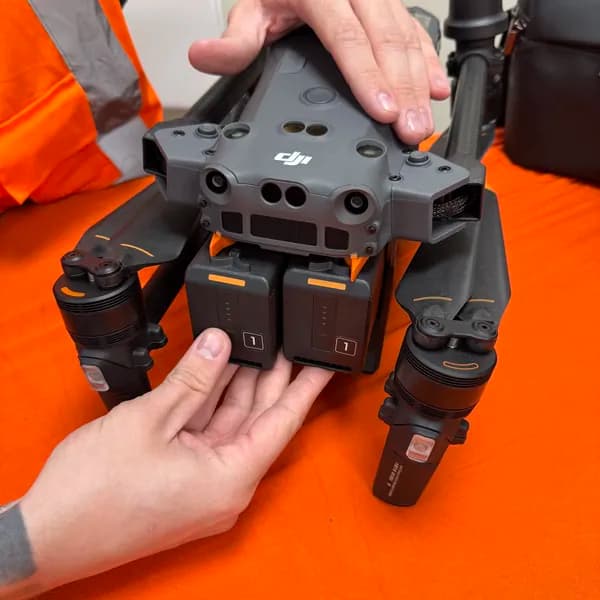
Drone Data Storage and Retention GDPR Policies
Once personal data is collected via drone (videos, photos, or audio), GDPR requires careful handling of that data. Drone operators must have clear data storage and retention policies:
Store recorded footage securely to prevent unauthorized access
Drones often use memory cards or transmit data to base stations – ensure these are protected. Use encryption or password protection on any devices or servers storing drone footage.
This is especially important because drones can be lost, stolen, or accessed if they crash; encryption helps protect the data if the device falls into the wrong hands. Limit access to the footage – only allow personnel with a need-to-know to view or copy it.
Only retain drone footage for the shortest time necessary to fulfill the purpose for which it was recorded.
There is no fixed rule, but you should define a reasonable retention period based on your needs. For example, a 60-day maximum retention unless an incident requires keeping footage longer.
Delete or anonymize data as soon as it is no longer required. The CAA explicitly advises: “Store images safely. Delete anything you don’t need.”
Ensure secure deletion of digital files
Simply deleting a file might not remove it completely. Consider overwriting or using reputable deletion tools for sensitive recordings.
If footage was stored on removable media (SD cards), ensure they are wiped or destroyed when no longer used. You can often reformat the SD card directly from the drone's settings menu.
Treat drone data like any personal data – do not share it or publish it unless necessary
Do not post or share videos of people in a harmful or unfair way. If you must share footage with a third party, ensure that third party is GDPR-compliant and the sharing is covered in your privacy notice.
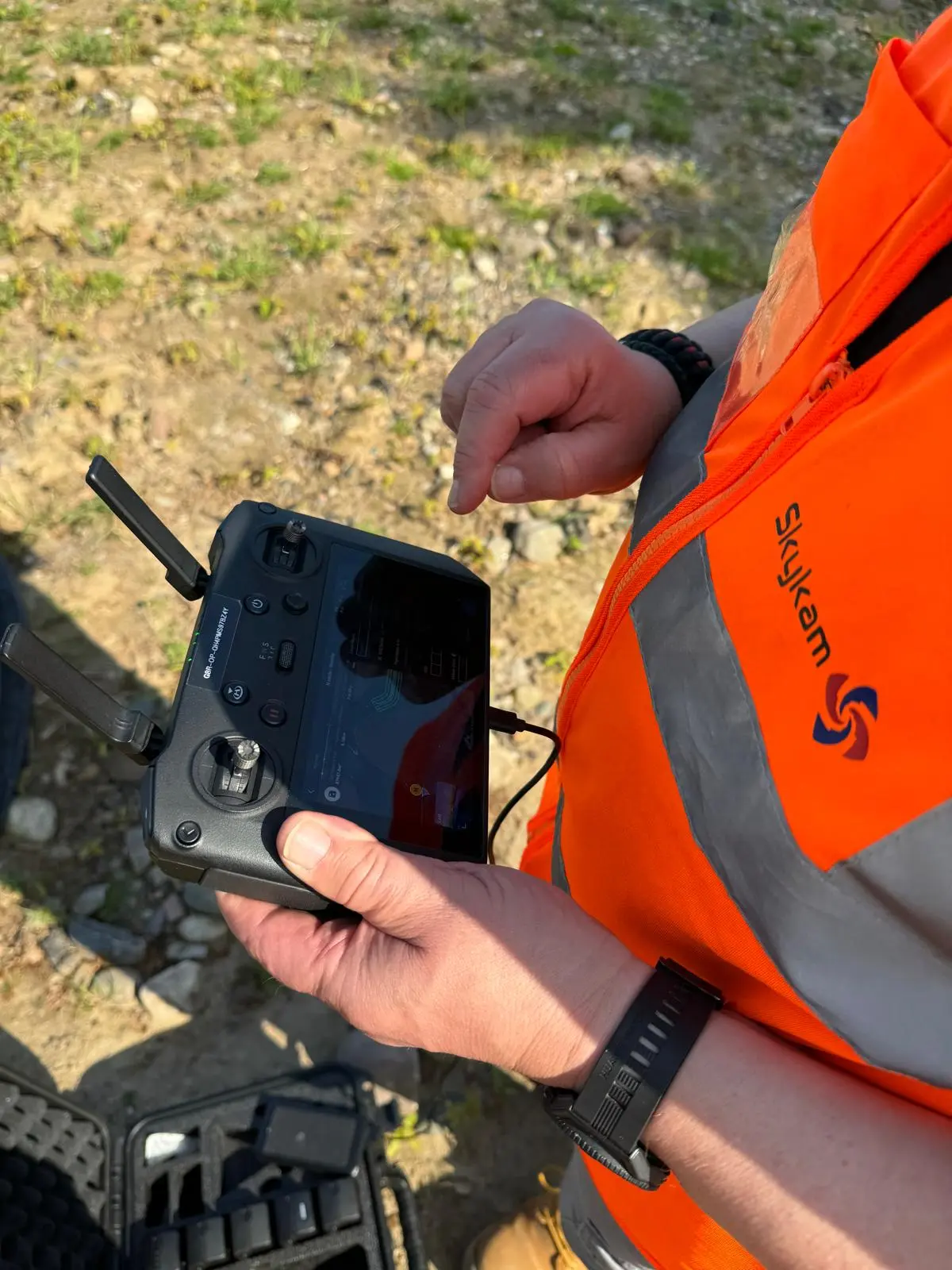
GDPR Differences Between Commercial and Recreational Drone Pilots
The drone laws makes a distinction between individuals flying drones for purely personal purposes and those using drones for any professional or commercial purpose.
If you are a hobbyist drone pilot flying a drone for truly personal, you fall under the “domestic purpose” exemption of data protection law.
If you fly a drone just for fun (e.g., videos of your own family, vacation scenery) and do not share the footage beyond your private sphere, the GDPR likely does not apply. However, the moment you step beyond purely personal use (e.g., uploading to a monetized YouTube channel, sharing footage of neighbors on social media), data protection rules kick in.
Any commercial drone operation is fully subject to GDPR.
Organizations or individuals using drones as part of a business, research project, or public service are considered data controllers. They must comply with all data protection principles, which may include registering with the ICO, conducting DPIAs for high-risk processing, and implementing full technical and organizational measures.
When in doubt, it’s safest for a recreational user to assume the principles of GDPR do apply, especially if recording in public.
Frequently Asked Questions
What is a 'data controller' in the context of drone flying?
A data controller is the individual or organization that decides why and how personal data is processed. If your drone captures identifiable images of people, you become the data controller and are legally responsible for protecting that data under GDPR.
Do I always need consent to film people with my drone in public?
Not always. While consent is one legal basis, it's often impractical to get from everyone in a public space. Most commercial drone operators rely on "legitimate interests" as their lawful basis, as long as they are transparent about their activities (using signs, hi-vis clothing) and are not filming intrusively.
How long can I keep footage captured by my drone?
You should only keep personal data for as long as it's necessary to fulfill the purpose for which you recorded it. You should define a retention period (e.g., 30 or 60 days) in your privacy policy and securely delete the data once it's no longer needed.
What's the main GDPR difference between a hobbyist and a commercial drone pilot?
A hobbyist flying for purely personal reasons (and not sharing the footage publicly) generally falls under the "domestic purpose" exemption, meaning GDPR doesn't apply. However, any commercial use, or even a hobbyist sharing footage widely online, makes the drone pilot a data controller who must fully comply with GDPR.
What should I do if someone objects to being filmed by my drone?
You should always respect people's privacy. If someone objects to being filmed and you do not have an overriding legal or safety reason to continue, you should stop recording them or take steps to avoid capturing them in your footage. Being approachable and explaining your flight's purpose can often resolve these situations.
Ensure Your Drone Project is GDPR-Compliant
Navigating the complex data protection obligations of UK GDPR is a critical and non-negotiable part of any professional drone operation. From ensuring a lawful basis for filming to securely managing personal data, these responsibilities are essential for maintaining legal compliance and public trust.
HireDronePilot solves this challenge by connecting you with professionals who are not only expert aviators but are also well-versed in their data protection responsibilities. Our network consists of drone pilots experienced in conducting flights that are necessary, proportionate, and transparent, mitigating privacy risks from the start.
As the UK's premier managed marketplace, we specialize in connecting businesses with verified professional drone pilots for hire. We streamline drone services through competitive bidding, ensuring quality, compliance, and value for every aerial project across the United Kingdom.
Don't let the complexities of data protection ground your project. Find a professional who can deliver exceptional results while adhering to the highest standards of privacy at https://hiredronepilot.uk/.
Post your project today to receive competitive quotes from GDPR-compliant pilots and fly with confidence, knowing your aerial data is being handled legally and professionally.
About the Author

Written by
Peter Leslie
Peter Leslie is a CAA-approved commercial drone pilot with 10+ years experience and over 10,000 flight hours. He holds the GVC and A2 CofC drone licences with full CAA Operational Authorisation. Peter is a member of ARPAS-UK, the UK's non-profit trade association for the drone industry. He founded HireDronePilot to connect UK businesses with qualified, insured drone operators.
Looking for More Drone Work?
Join the UK's leading network of professional drone pilots and grow your business.
Open Access
Bid on any job - all jobs open to all pilots
Grow Revenue
Access high-value commercial projects
Stay Busy
Fill your schedule with regular work
Related Articles

Our Drone Survey Service In Stirling, Scotland
Bringing you Stirling drone survey data from areas no one else can fly.

How Much Does A Drone LiDAR Survey Cost
Forecasting your drone LiDAR survey cost requires understanding what's hidden beyond the initial quote.

Step By Step Process Of Drone LiDAR Survey
Next, discover the crucial post-flight steps that determine your survey's success.
